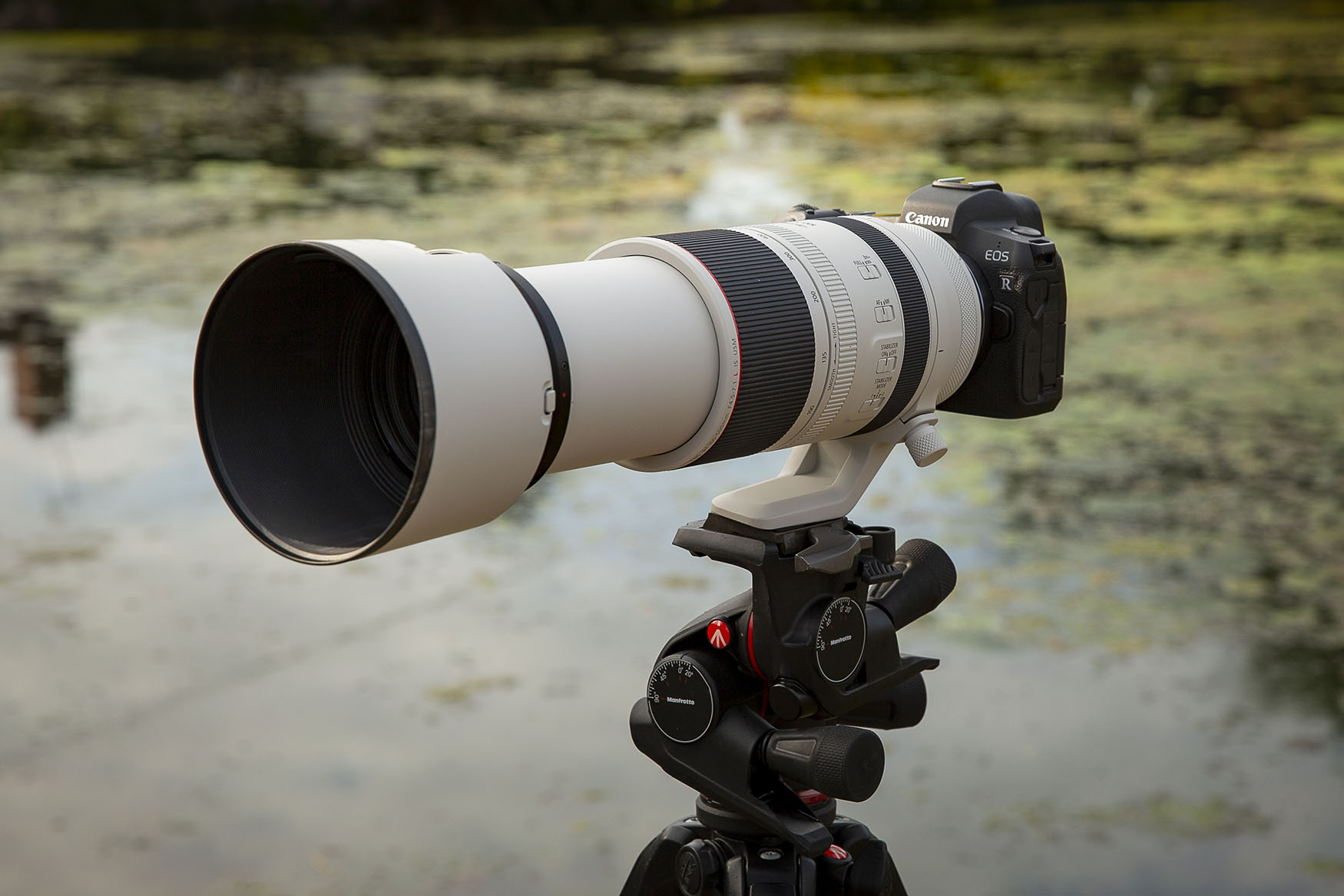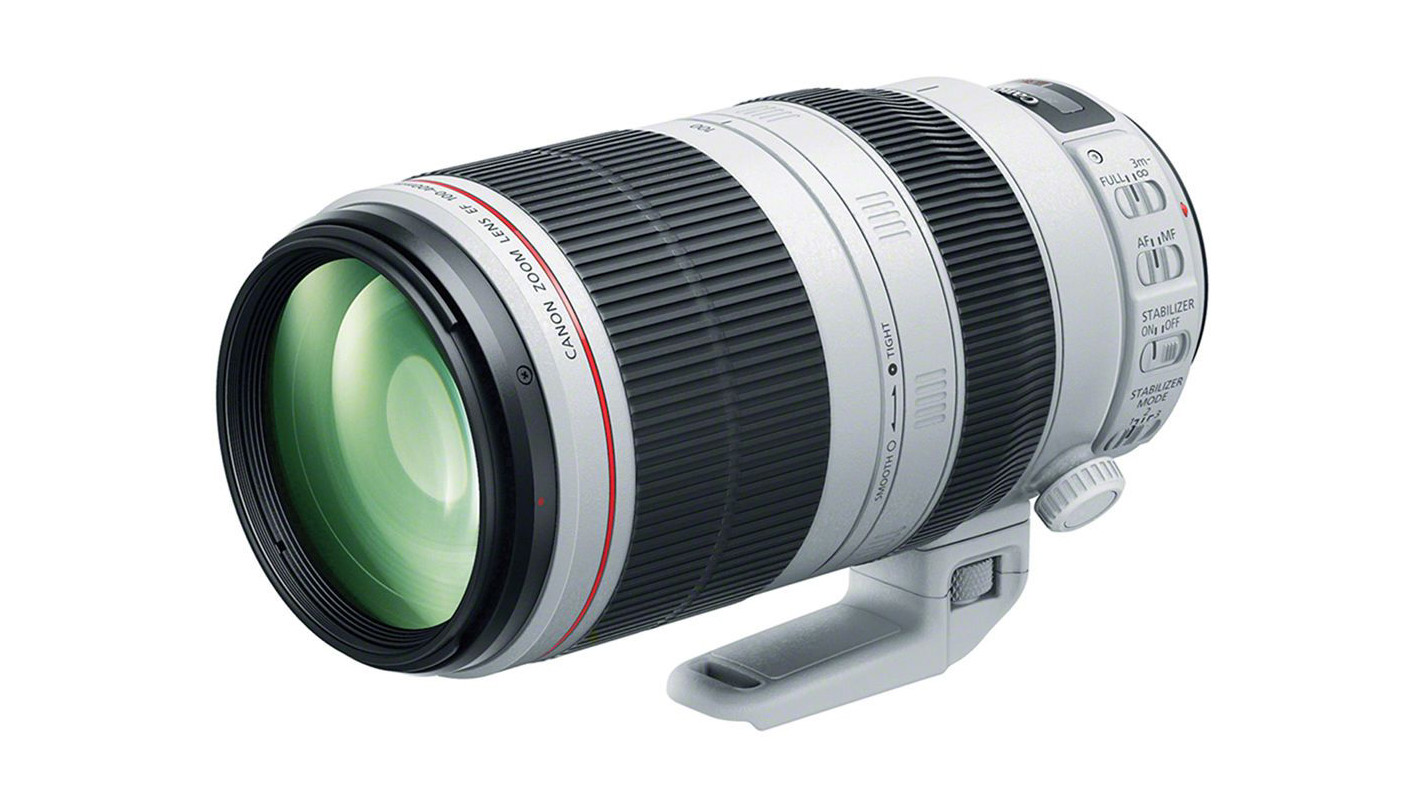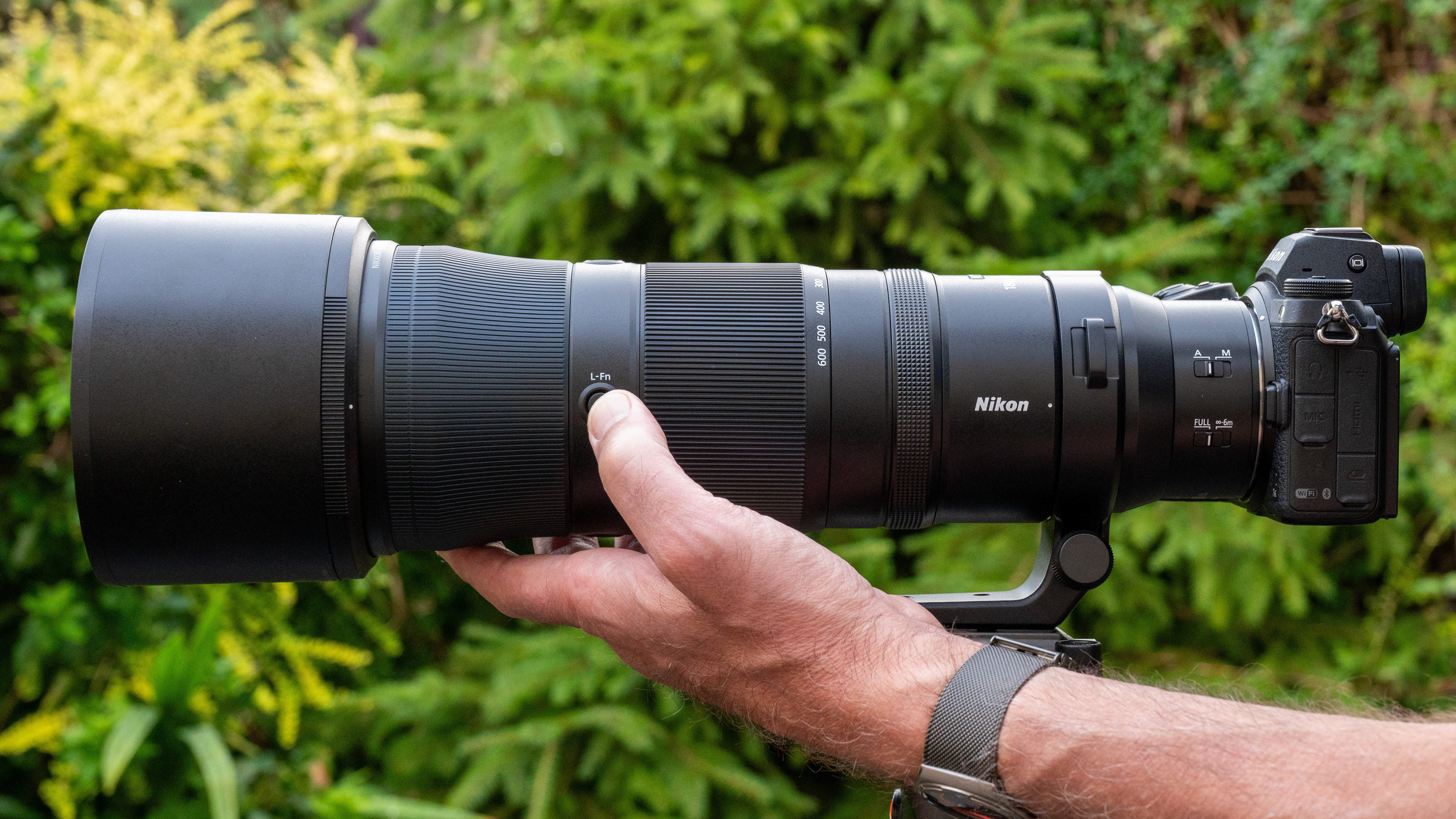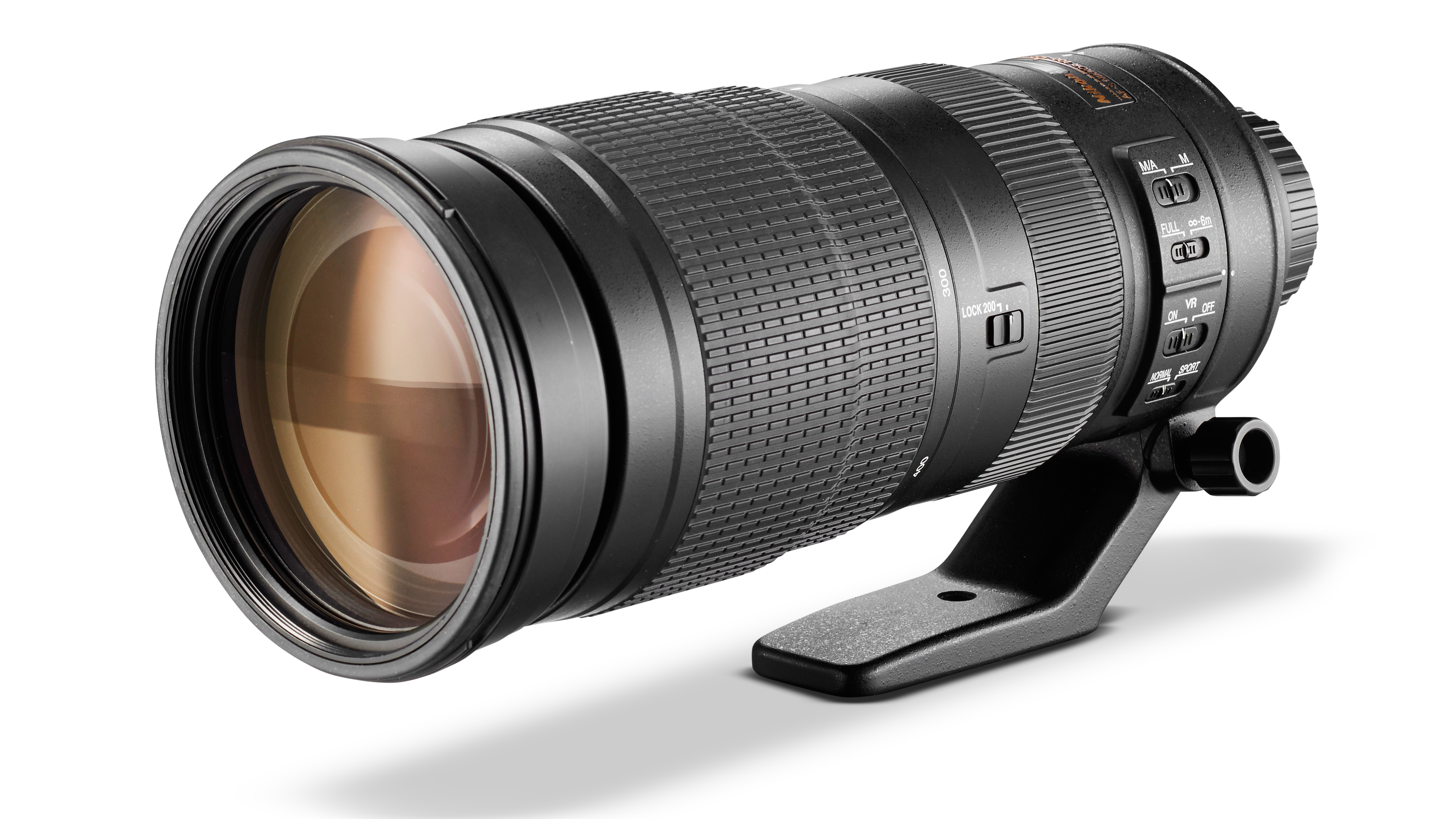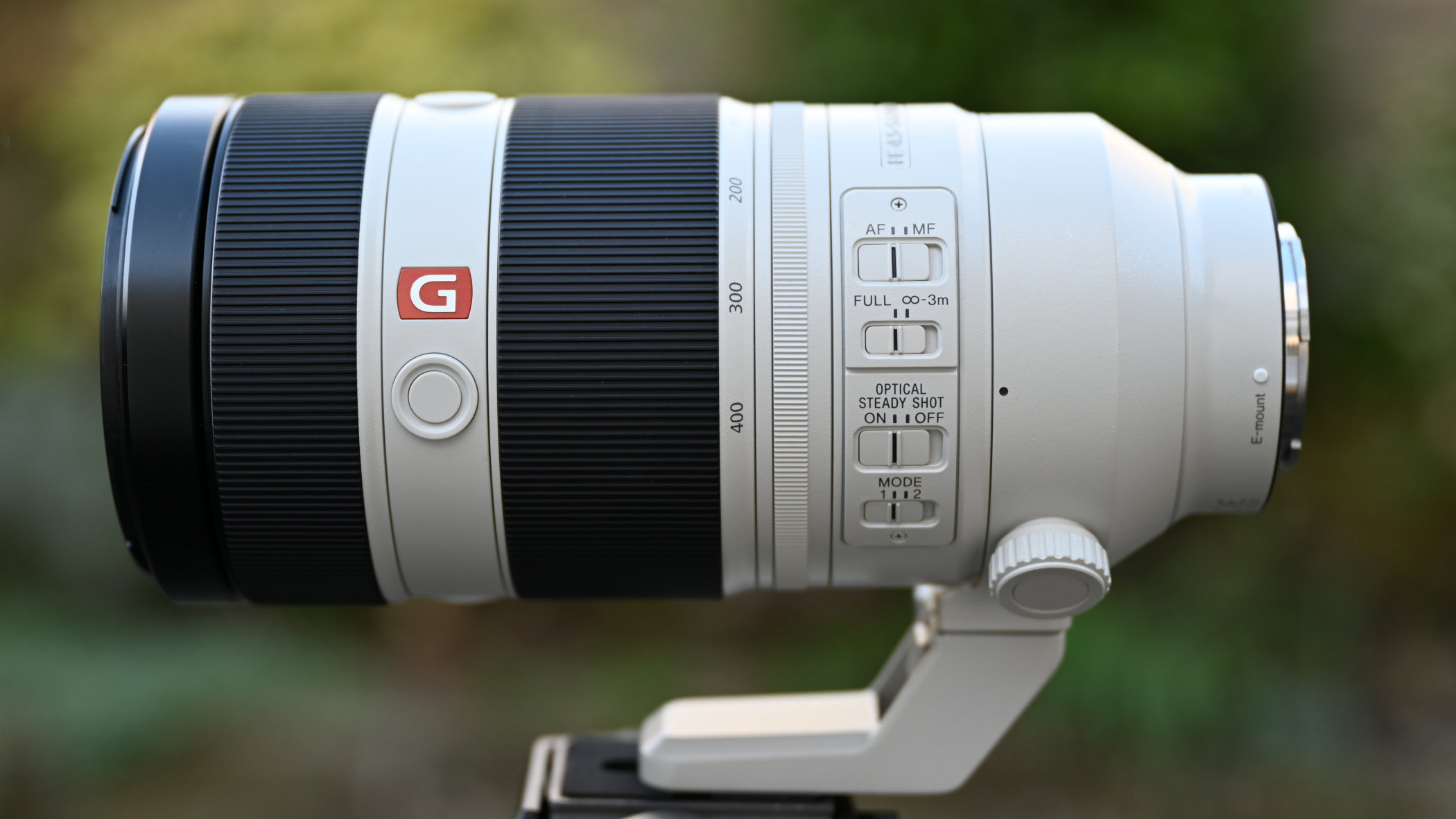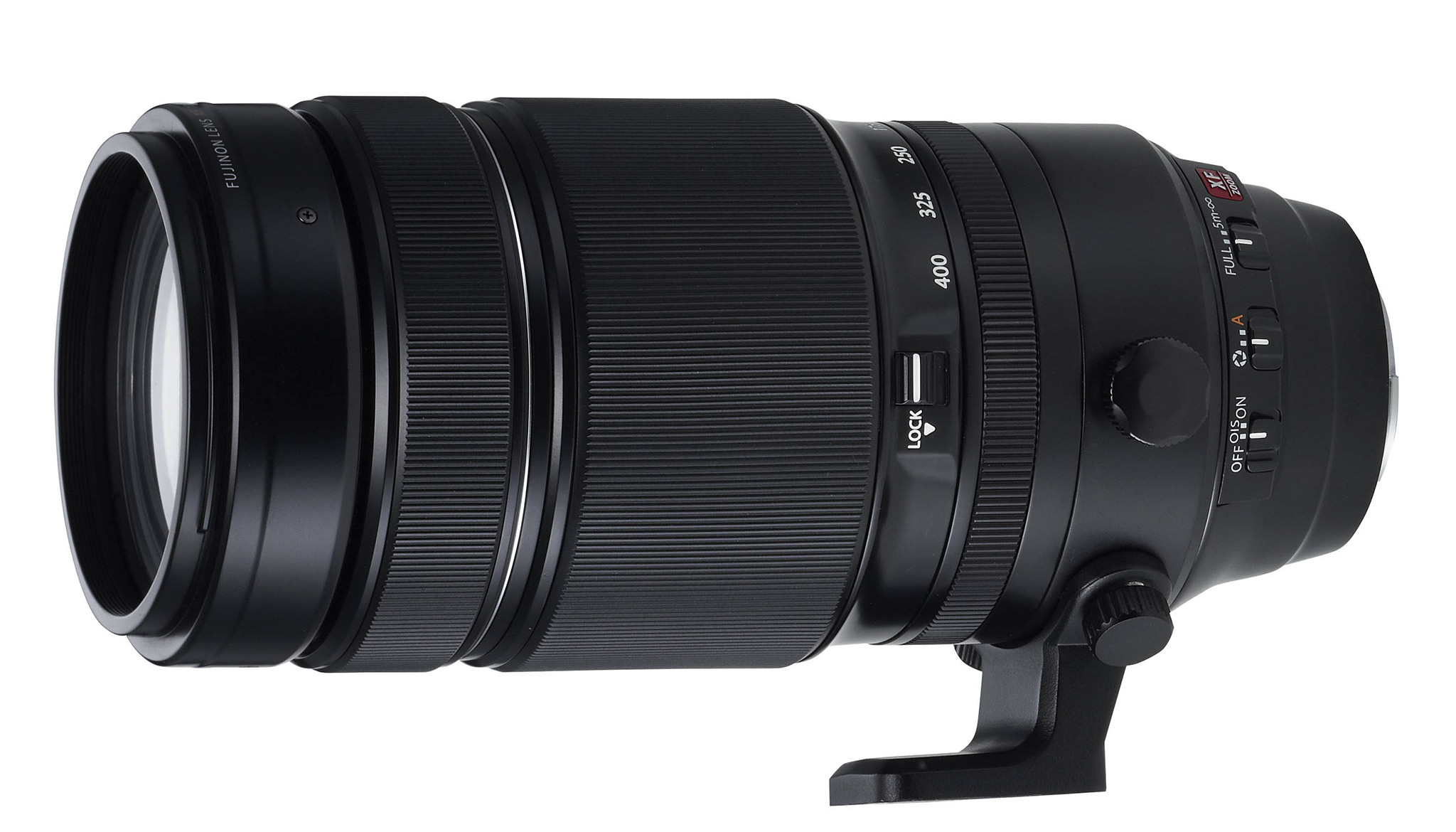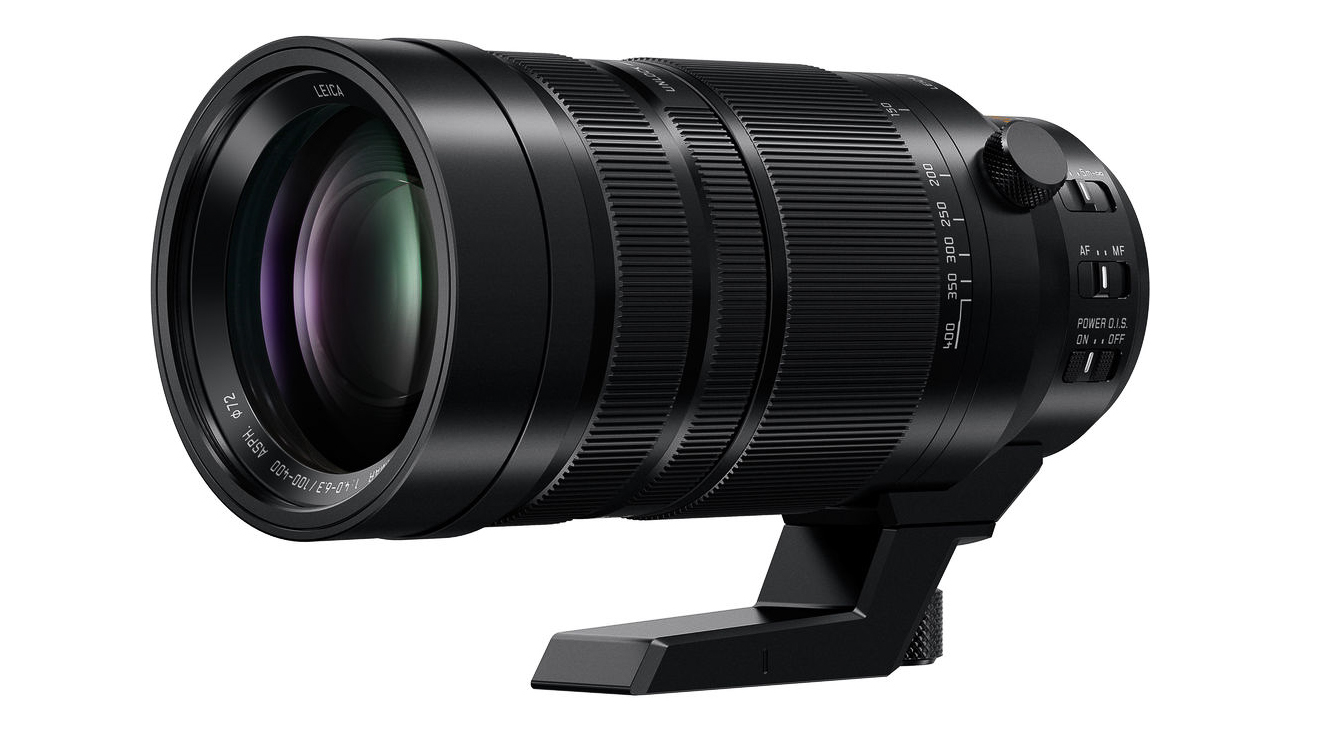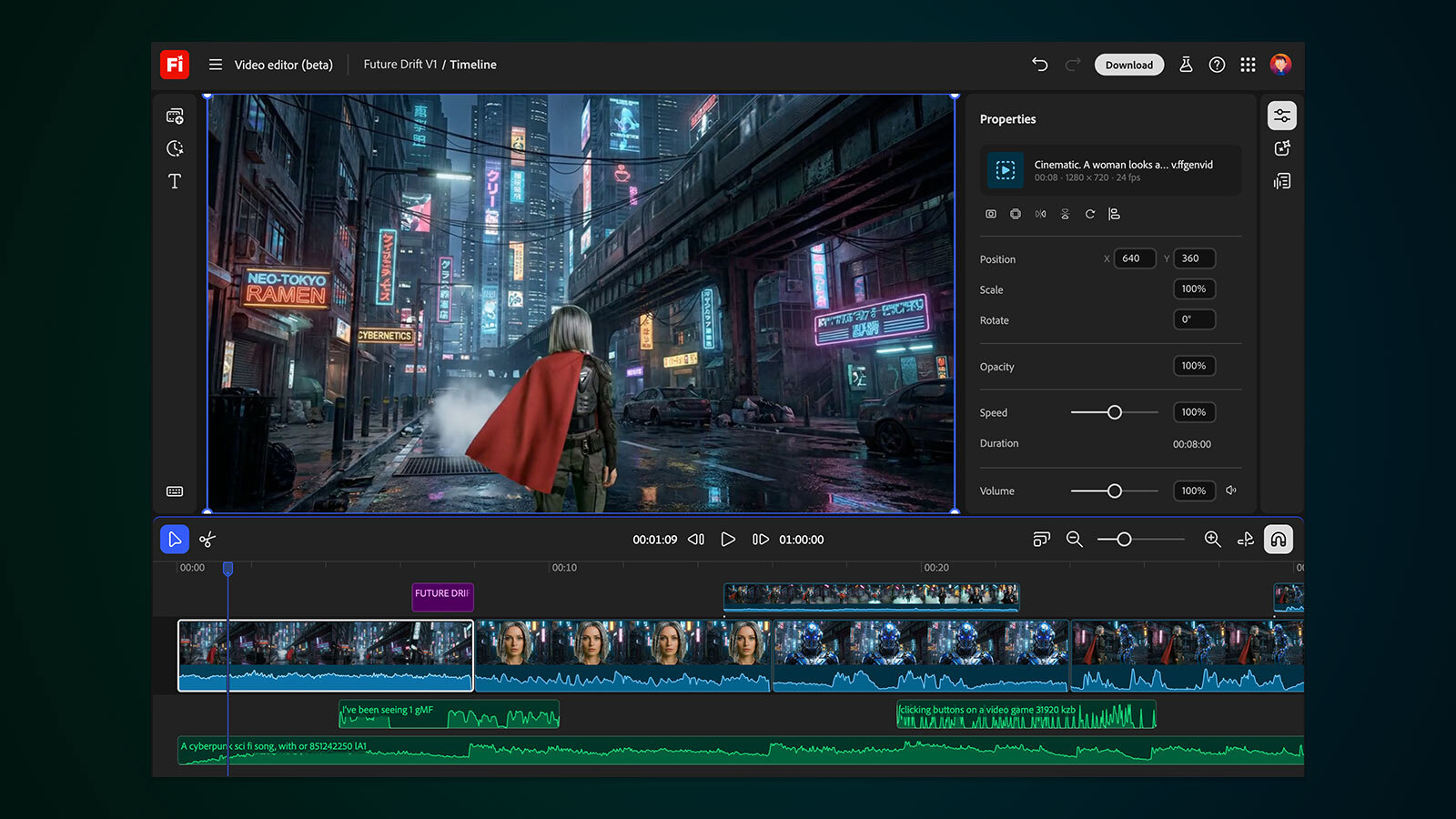The best lenses for safari photography: get close to wildlife while maintaining a respectful distance
Strong telephoto reach is the common theme to the best lenses for safari photography. Here are my top picks

For most of us, going on safari is a once-in-a-lifetime experience that involves traveling across the globe at considerable expense, so you'll want to capture exotic wildlife photographs that you can treasure forever. Logistics and cost aside, the main hurdle is that wildlife is, by its very nature, wild. Depending on the nature of the beast, the animals you’re trying to photograph will either run for cover if you get too close or go into attack mode, maybe eyeing you up as a tasty meal.
Discretion is, therefore, the better part of valor, and it pays to use a lens with serious telephoto power to enable you to get frame-filling shots of wild animals in their natural habitat while keeping a respectful distance. While well-heeled professional wildlife photographers might opt for fast telephoto primes, these are prohibitively expensive, so with that in mind, I’ve picked out the best super-telephoto zooms that really cover the distance. These are not only more wallet-friendly, but have the benefit of offering greater versatility in framing up shots when your time on safari is limited. After all, unlike the pros, you probably won’t have days or weeks to wait around to get the shot.
In the following guide, you’ll find lenses to suit a wide range of mirrorless cameras and DSLRs. Most are full-frame compatible but also work on the respective makes of crop-sensor cameras. Others are designed purely for APS-C or Micro Four Thirds system cameras, which have crop factors of around 1.5x or 2x respectively, further boosting your effective telephoto reach.
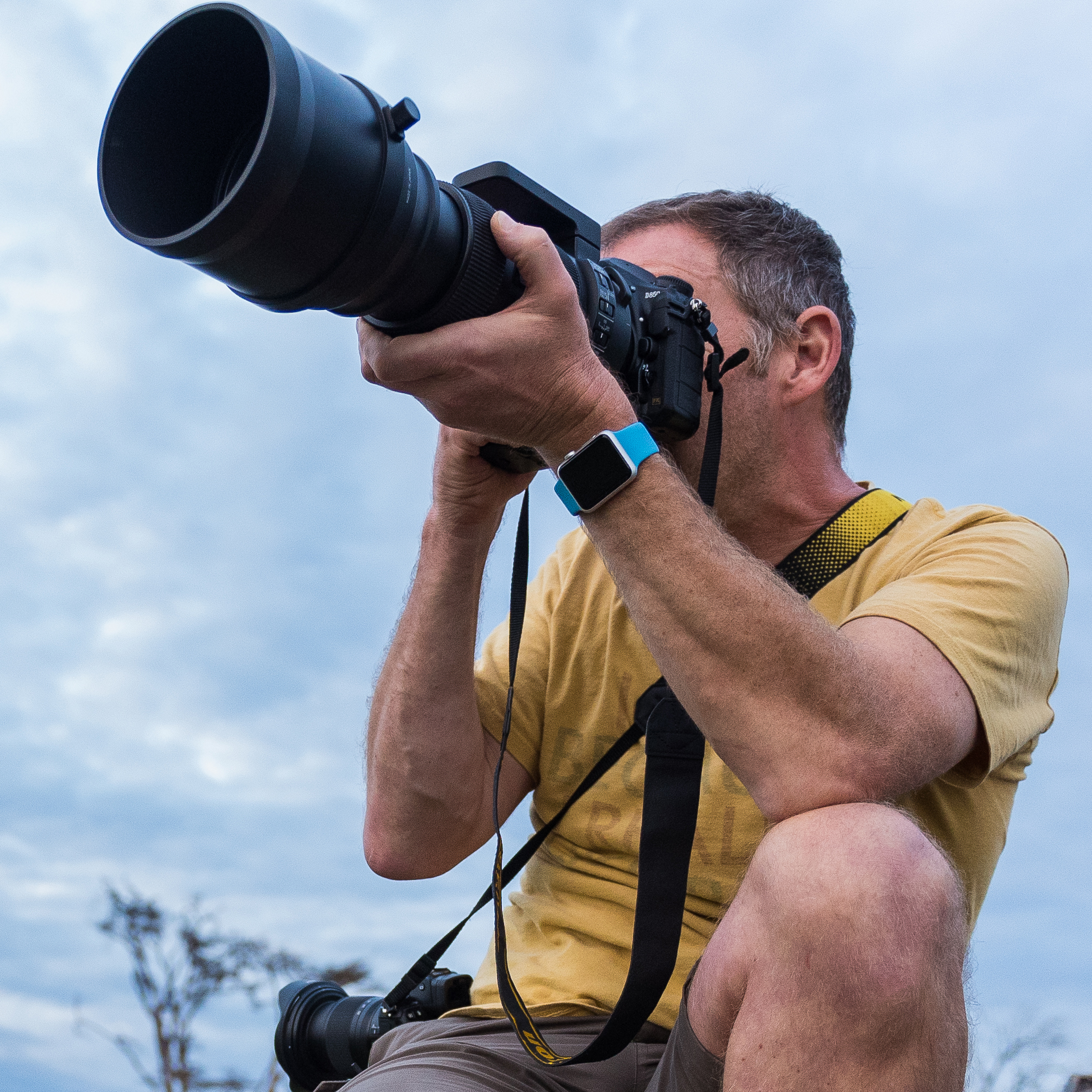
Adam has photographed every subject under the sun, including capturing the 'Big Five' while spending a memorable week on safari in Kenya's Ol Pejeta Conservancy. Here he looks at the best zoom lenses for safari shoots.
The Quick List
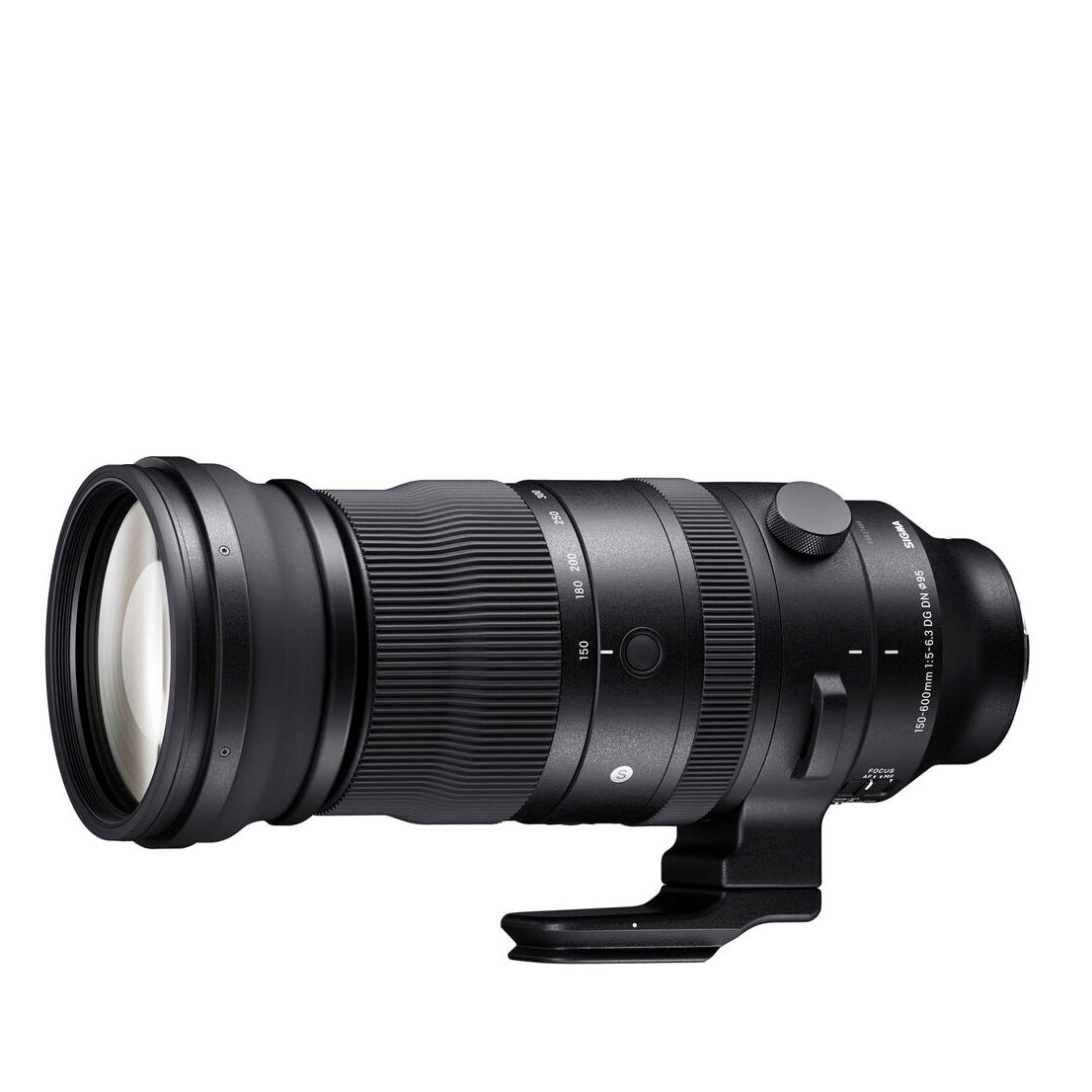
Available for both Sony E-mount and L-mount, this exceptional lens delivers a dream range for safari shooting, with speed, flexibility and weather sealing.
Read more below
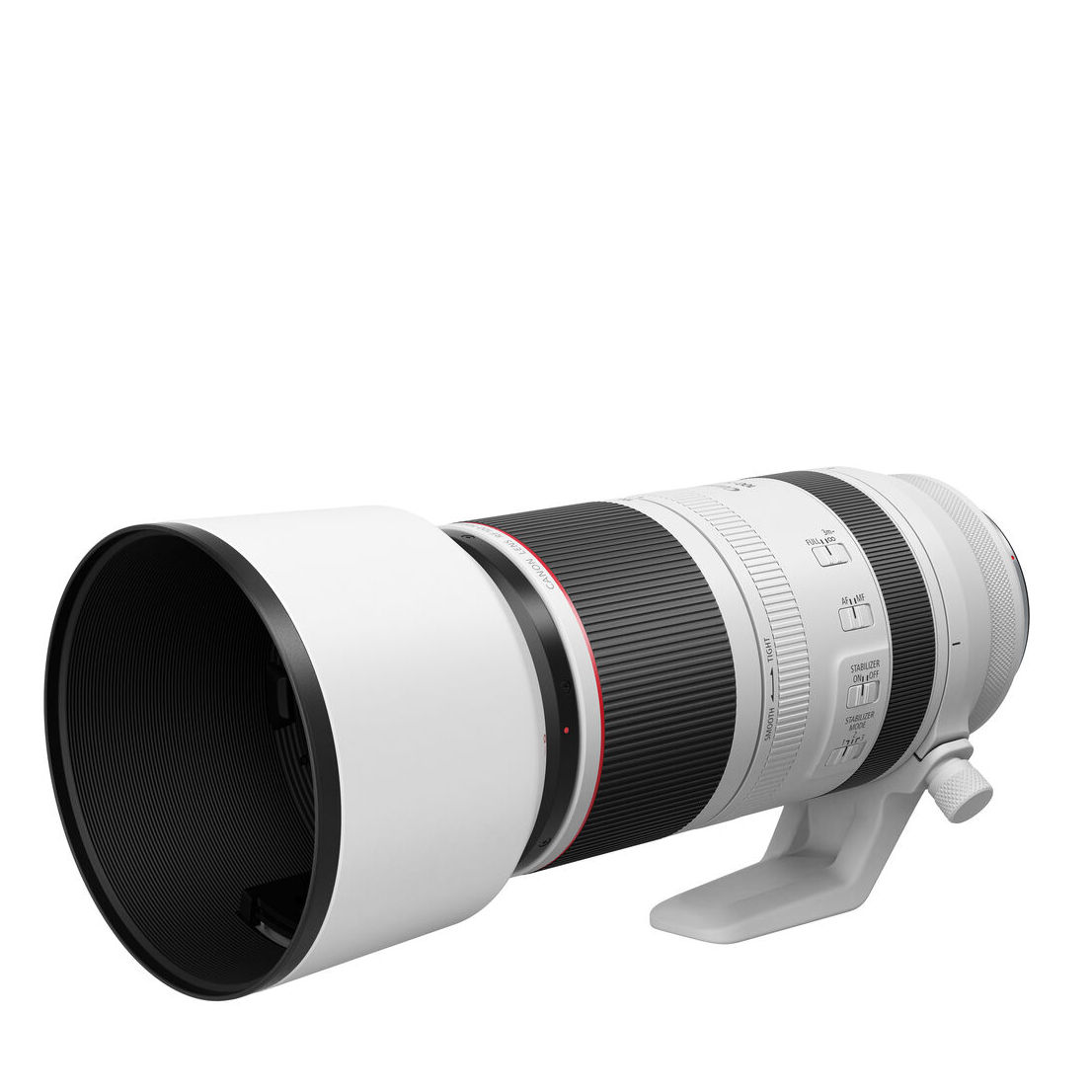
If you're using a Canon RF mirrorless camera, the RF 100-500mm f/4.5-7.1L IS USM is my recommendation for safari shooting – well built, with great stabilization.
Read more below
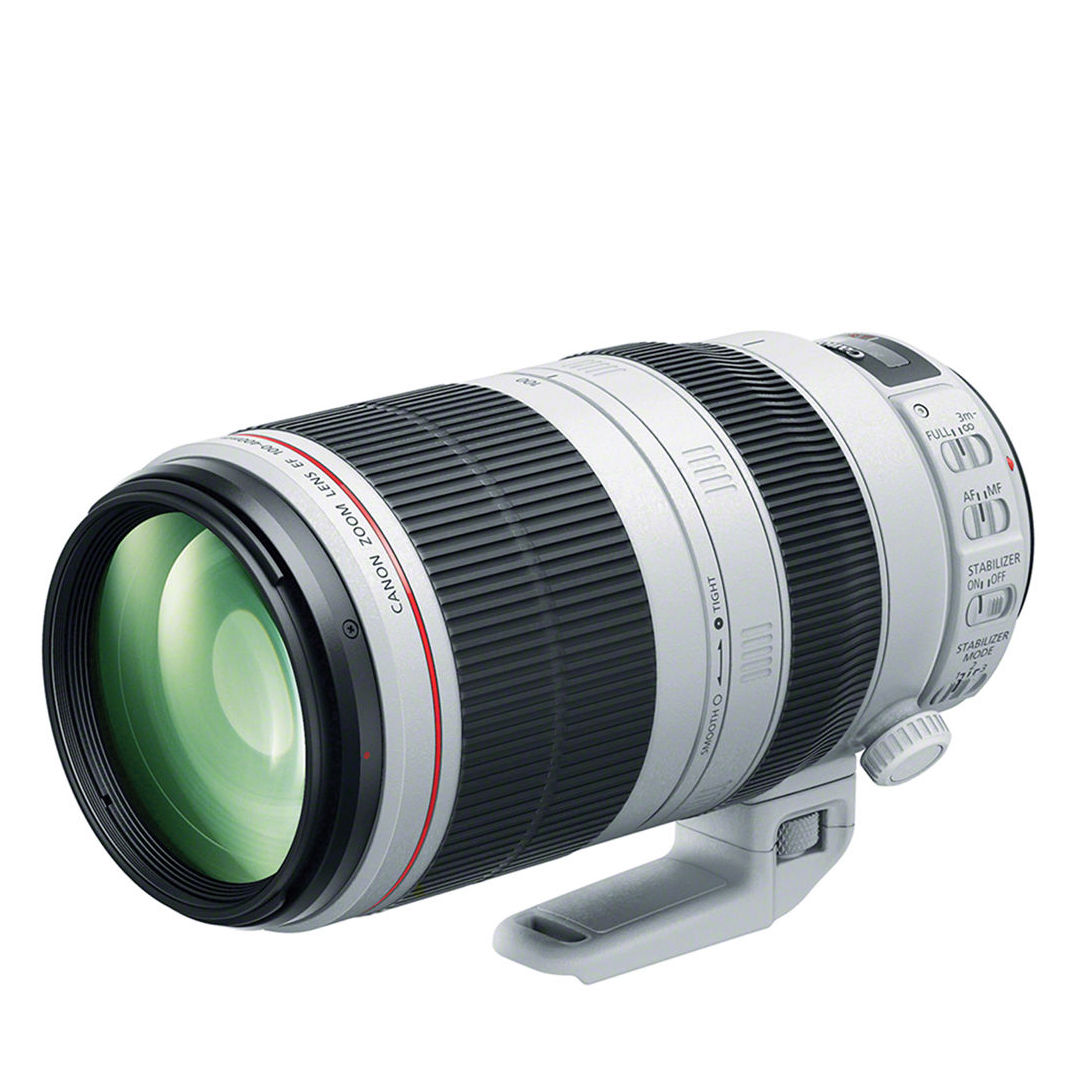
A legend in its own lifetime, the Mark II edition of this lens takes a popular original and revitalizes it with upgraded handling and image quality.
Read more below

Plenty of pros use this lens, despite it lacking Nikon's S-line credentials. It delivers epic reach and all-round performance.
Read more below
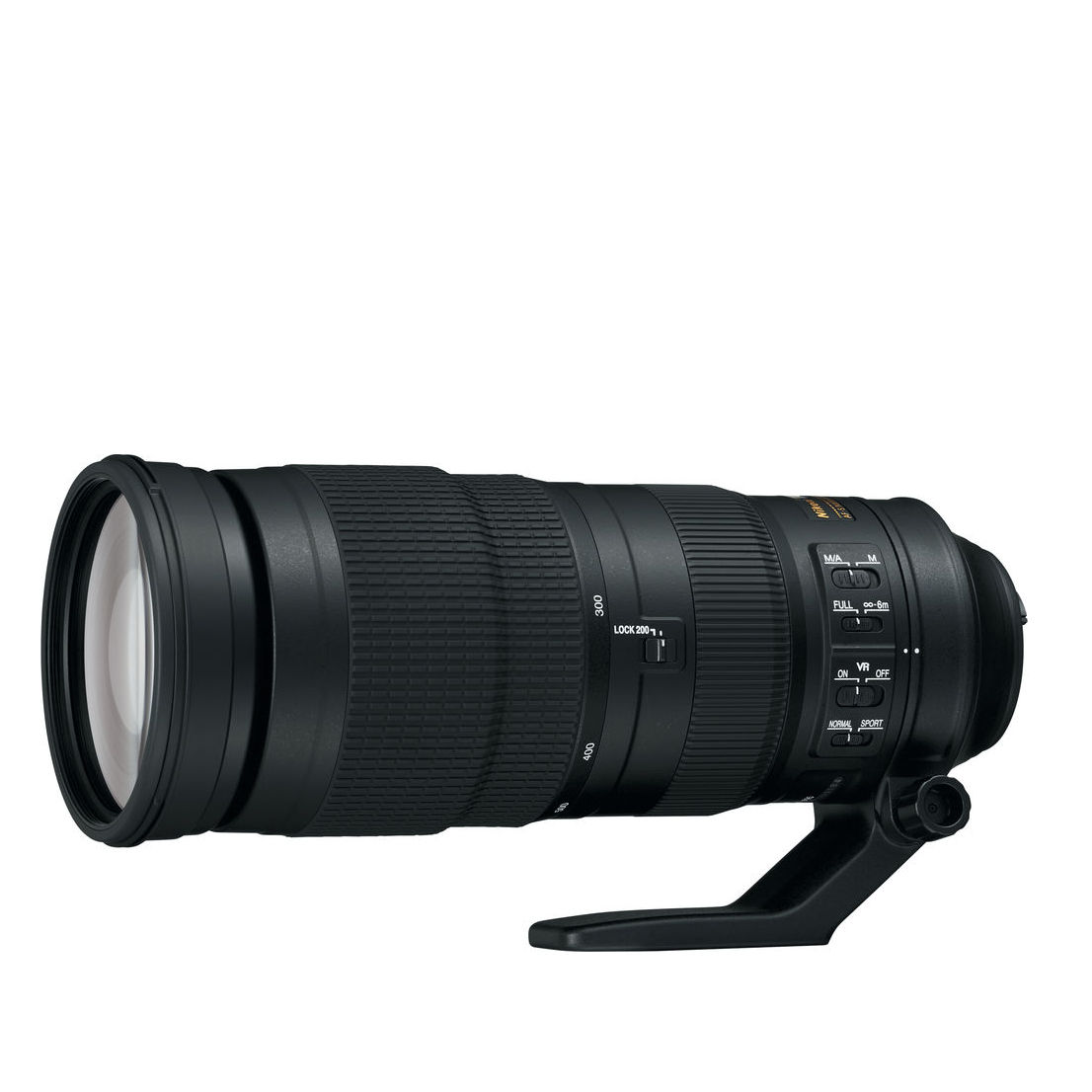
For F-mount DSLRs, the Nikon AF-S 200-500mm lens delivers monster zoom reach and fast focusing. The constant f/5.6 aperture is also a welcome feature.
Read more below
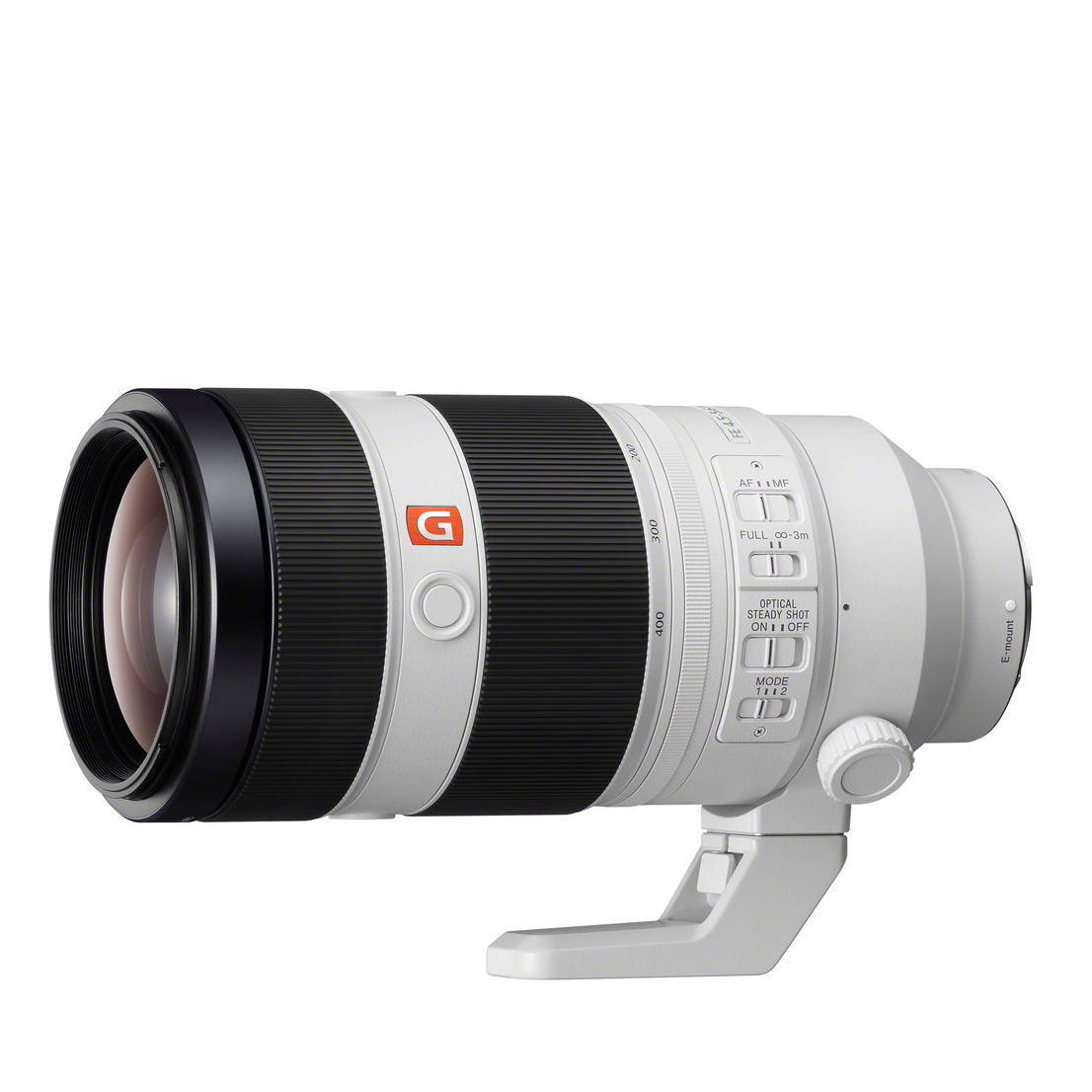
While Sony users have plenty of choice, I particularly rate this capable 100-400mm lens, which delivers great results from an easily manageable lens.
Read more below
Load the next products ↴
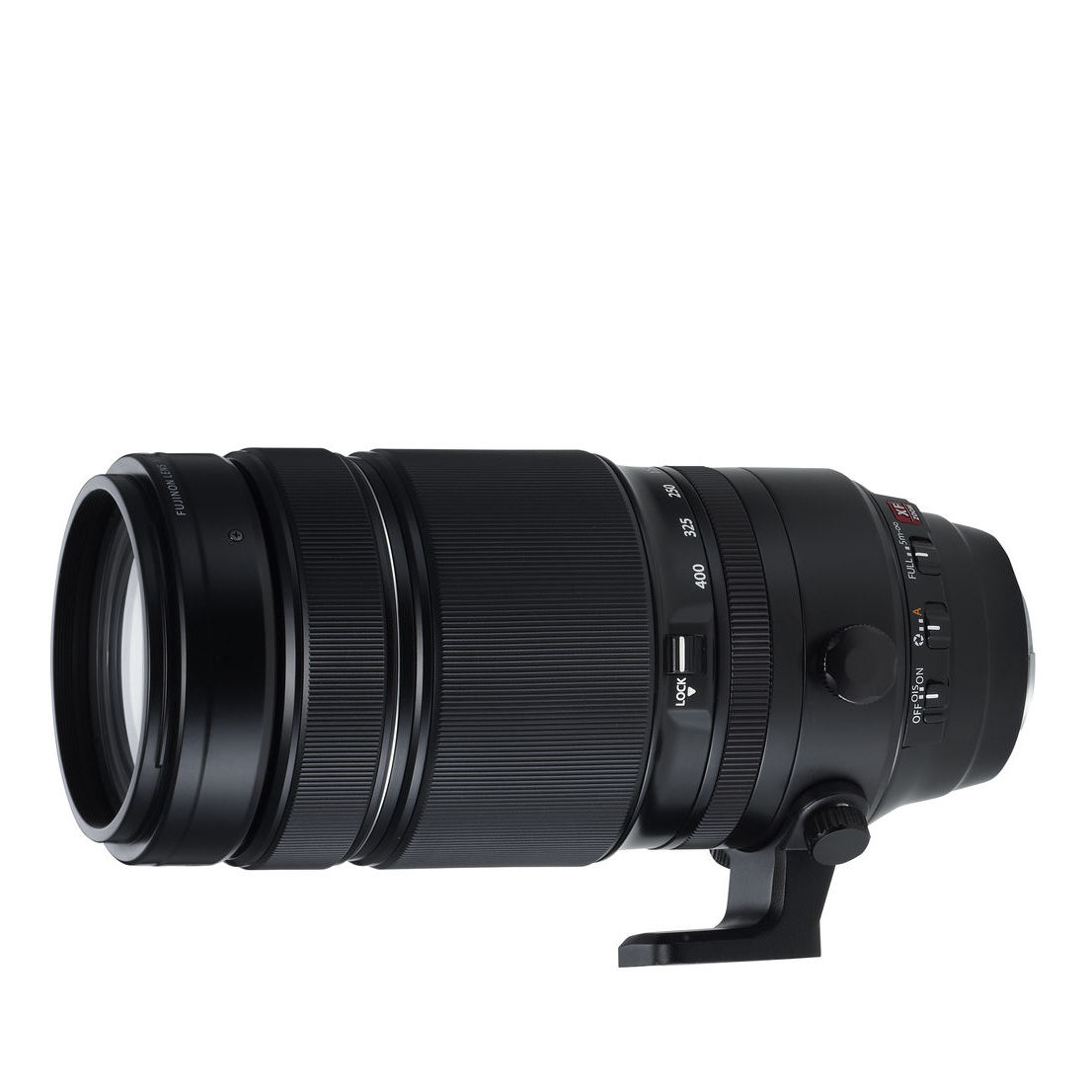
As with the Sony lens in my guide, this Fujifilm isn't the longest zoom in the stable but strikes an excellent balance between reach and portability.
Read more below
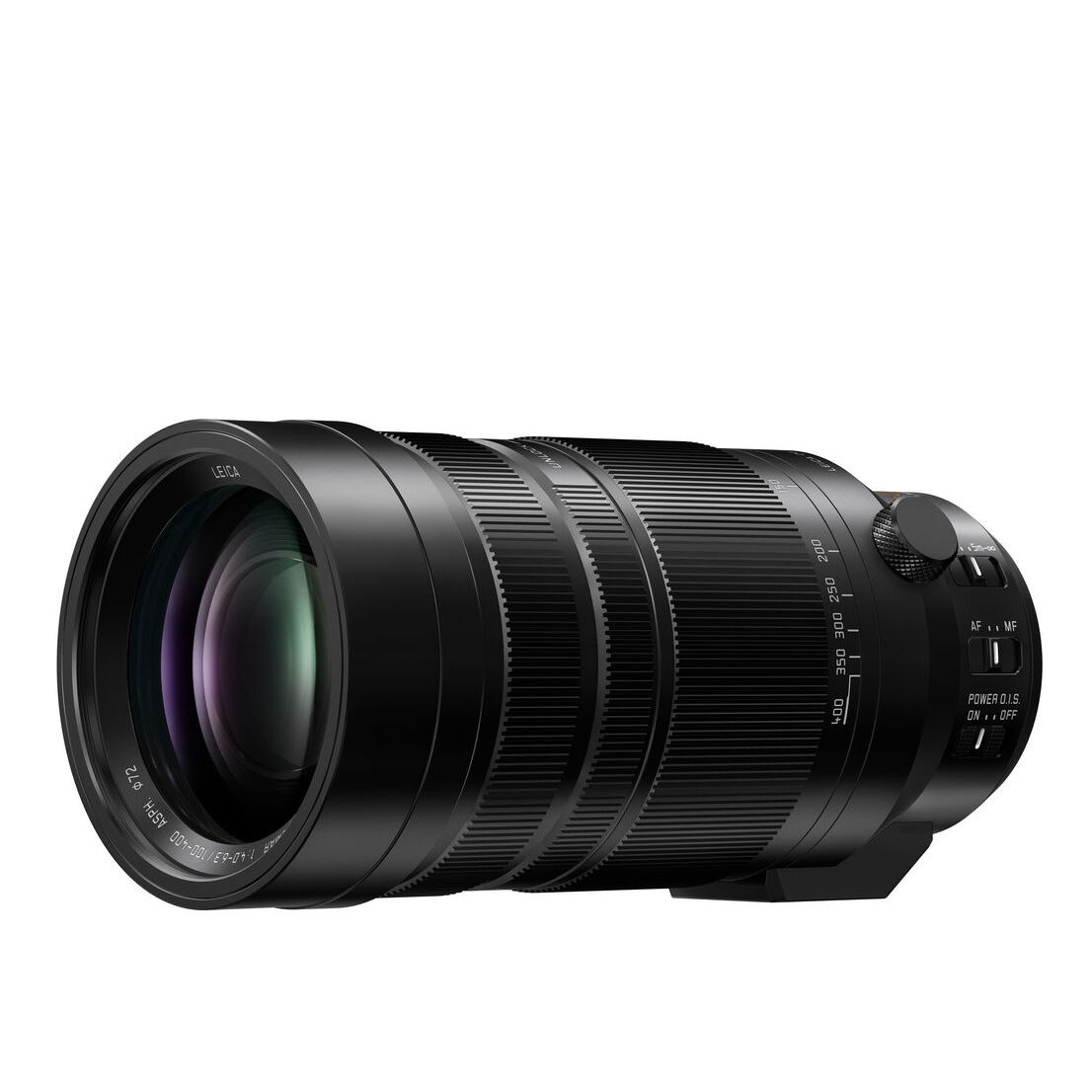
With a focal range equivalent of 200-800mm, this lens for Micro Four Thirds really covers the distance for safari photography.
Read more below
The best lenses for safari photography
Why you can trust Digital Camera World
Best overall

Specifications
Reasons to buy
Reasons to avoid
Covering a focal expanse from telephoto 150mm to super-telephoto 600mm, the Sigma 150-600mm f/5-6.3 DG DN OS Sports is a very popular format of lens. I could have filled this list with 150-600mm lenses had I wanted, but I picked this update to a very popular DSLR lens, the old Sigma 150-600mm f/5-6.3 DG OS HSM | Sport for Canon EF and Nikon F mounts. This time it fits Sony E-mount mirrorless, with a version also available for L-mount full-frame cameras made by Panasonic, Sigma, and Leica.
Tack-sharp throughout its zoom range, the Sigma 150-600mm f/5-6.3 DG DN OS Sports is designed for speed and flexibility. It focuses fast, delivers great-looking bokeh in its defocused areas, and it’s also comprehensively weather-sealed, which is good news if the heavens decide to open mid-safari. If you’re using an L-mount camera, I’d say it’s essential. If you’re on Sony E-mount, you have a few more competitive options (see the Sony section further down the page).
See our full Sigma 150-600mm f/5-6.3 DG DN OS Sports review


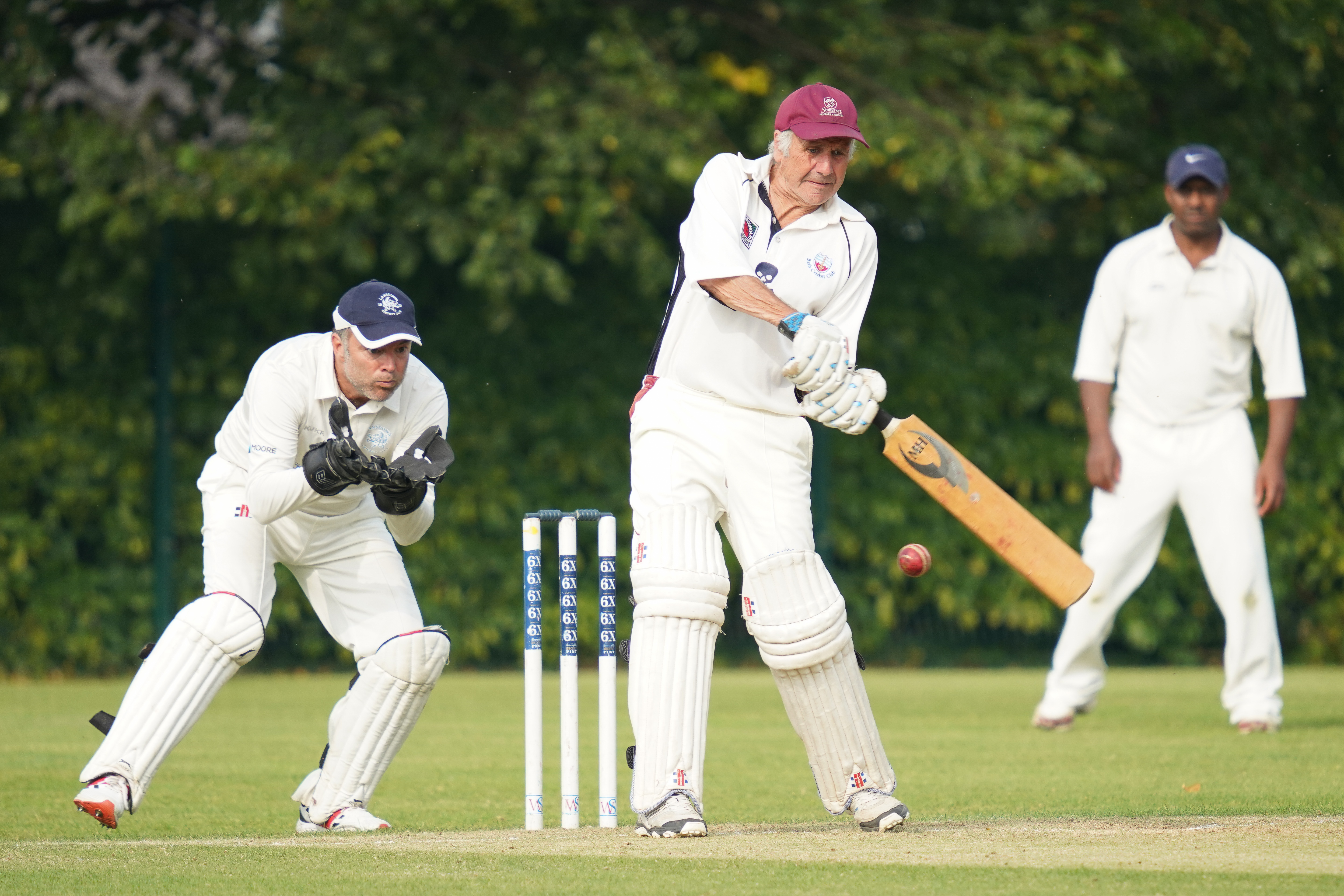

Features ★★★★★ | The lens inherits the high-end features and handling of the older version for DSLRs, in a smaller, lighter package. |
Design ★★★★★ | The design is very refined, while build quality is excellent and includes extensive weather-seals. |
Performance ★★★★★ | Excellent inherent sharpness is further boosted in real terms by highly effective optical stabilization. |
Value ★★★★★ | It’s a pro-grade super-telephoto zoom with a ‘consumer’ price tag, making it standout value. |
Canon RF
Specifications
Reasons to buy
Reasons to avoid
Canon lenses with the ‘L’ designation in the name are designed with the utmost attention to quality. This means a lens like the Canon RF 100-500mm f/4.5-7.1L IS USM is built to last in all sorts of conditions, with a heat shield coating that means it can withstand ultra-hot weather (or ultra-cold, for that matter). The generous zoom range gives you a lot of shooting flexibility, with a smooth zooming action speed that can be adjusted to taste. Its stabilization is very effective too (even more so with higher-end EOS R cameras like the EOS R5), meaning you can use slower shutter speeds and still get sharp shots. This is especially helpful when dealing with the somewhat pedestrian maximum aperture, which drops to a weak f/7.1 at the telephoto end.
See our full Canon RF 100-500mm f/4.5-7.1L IS USM review
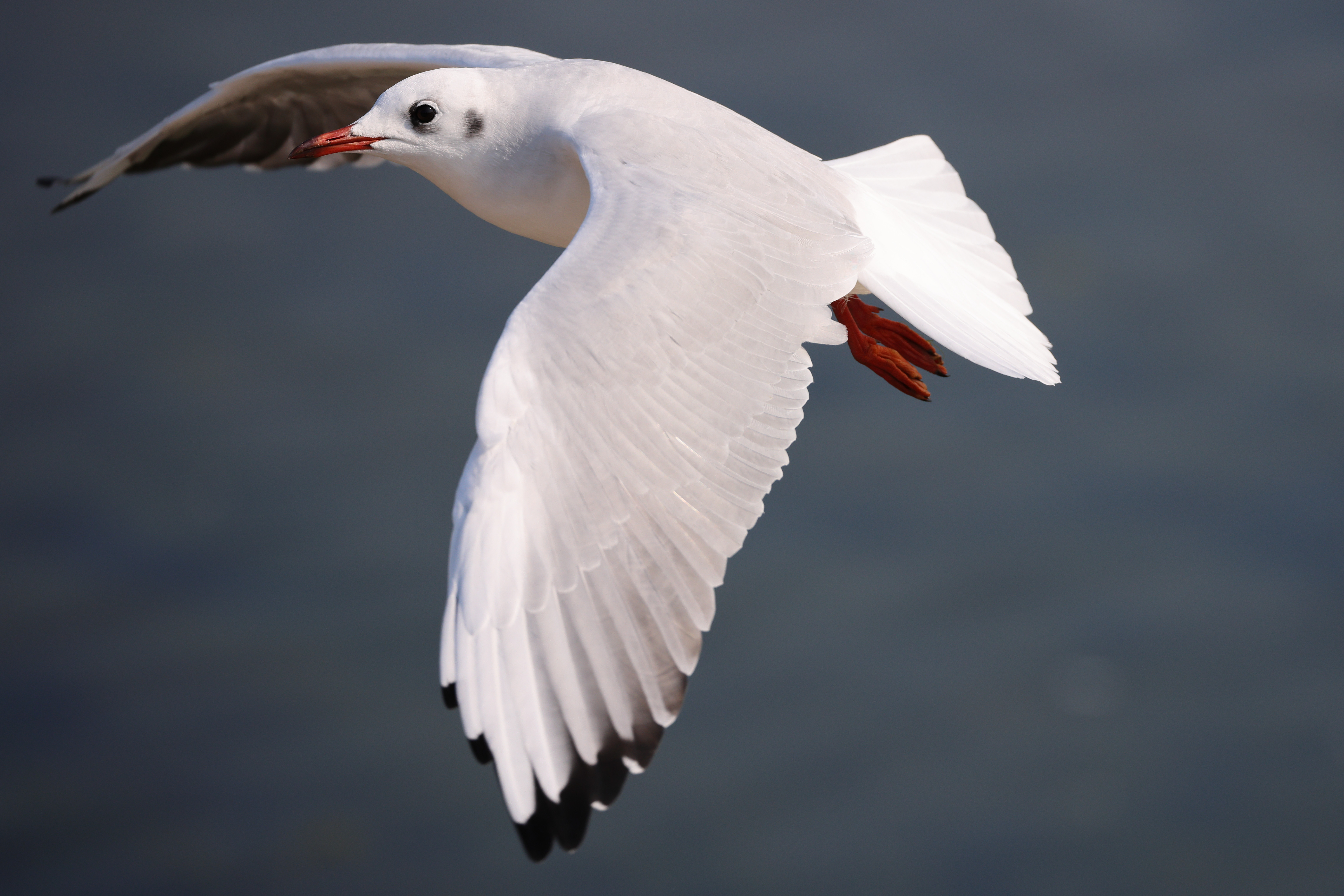

Features ★★★★★ | There’s a smorgasbord of features packed into this lens with optical stabilization, dual Nano USM autofocus motors and a very high-end optical path. |
Design ★★★★★ | Flourishes include a zoom ring torque adjustment, carried forward from the EF lens, and robust weather-sealed build quality. |
Performance ★★★★★ | Autofocus performance needs one of the more recent than original EOS R bodies to get the most out of the lens, but image quality is fabulous. |
Value ★★★★☆ | It’s pretty good value for what it is, but this lens will nevertheless make a sizeable dent in your bank balance. |
Canon EF
Specifications
Reasons to buy
Reasons to avoid
At around twice the price of competing Sigma and Tamron 100-400mm lenses for DSLRs, the Canon EF 100-400mm f/4.5-5.6L IS II USM is a more substantial proposition. It’s about 50 percent weightier, comes complete with a tripod mounting ring, and has Canon’s typical L-series pro-grade build quality and weather seals. The Mark II edition of the lens ditches the trombone-style push-pull zoom mechanism and adopts a more conventional twist ring.
However, it still incorporates the adjustable friction damper for the zoom mechanism, as featured on the original lens, which helps to avoid zoom creep. The top-class glass includes fluorite and Super UD (Ultra-low Dispersion) elements, along with ASC (Air Sphere Coating) to minimize ghosting and flare, and fluorine coatings on the front and rear elements. There’s a 4-stop triple-mode image stabilizer and very fast autofocus. All in all, it’s a better lens than the original edition in every respect.
Read our full Canon EF 100-400mm f/4.5-5.6 L IS II USM review
Features ★★★★★ | It’s packed full of features, including rapid autofocus, effective stabilization and a torque adjustment for the zoom ring. |
Design ★★★★★ | There are control switches aplenty and, unlike the first edition of the lens, a proper zoom ring rather than a trombone push-pull affair. |
Performance ★★★★★ | The lens is an excellent performer, easing ahead of the previous edition for image quality. |
Value ★★★★☆ | It’s a chunky telephoto zoom with a heavyweight price tag but is still very good value for money. |
Nikon Z
Specifications
Reasons to buy
Reasons to avoid
Nikon very much sees this as the Z-mount successor to the popular AF-S 200-500mm f/5.6E ED VR lens that I've also featured. It's an ultra-telephoto lens that's highly capable, but also reasonably affordable to amateurs and enthusiasts, as well as professionals. That extra-broad zoom range gives the user real shooting flexibility, too.
I was blown away by this absolute cracker of a lens. It's razor-sharp right the way through that big focal range, and the build makes it lightweight enough for prolonged handheld use. Autofocus is lightning-fast and pinpoint accurate – which is all you can ask for as far as safari photography is concerned.
Even when the conditions are challenging, this lens delivers the goods, and it's an eminently worthy successor to the excellent DSLR lens that preceded it.
Read our full Nikon Z 180-600mm f/5.6-6.3 VR review
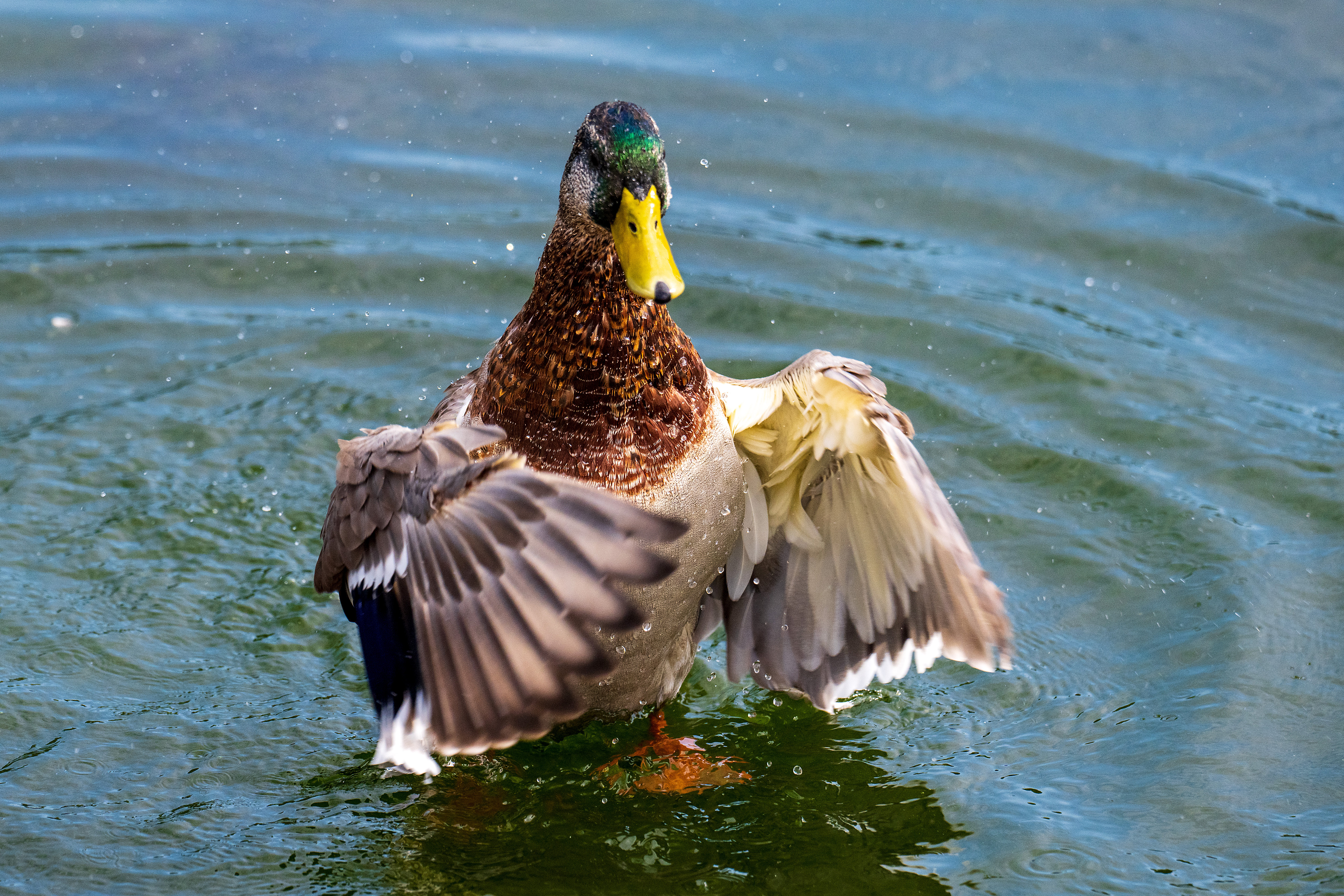
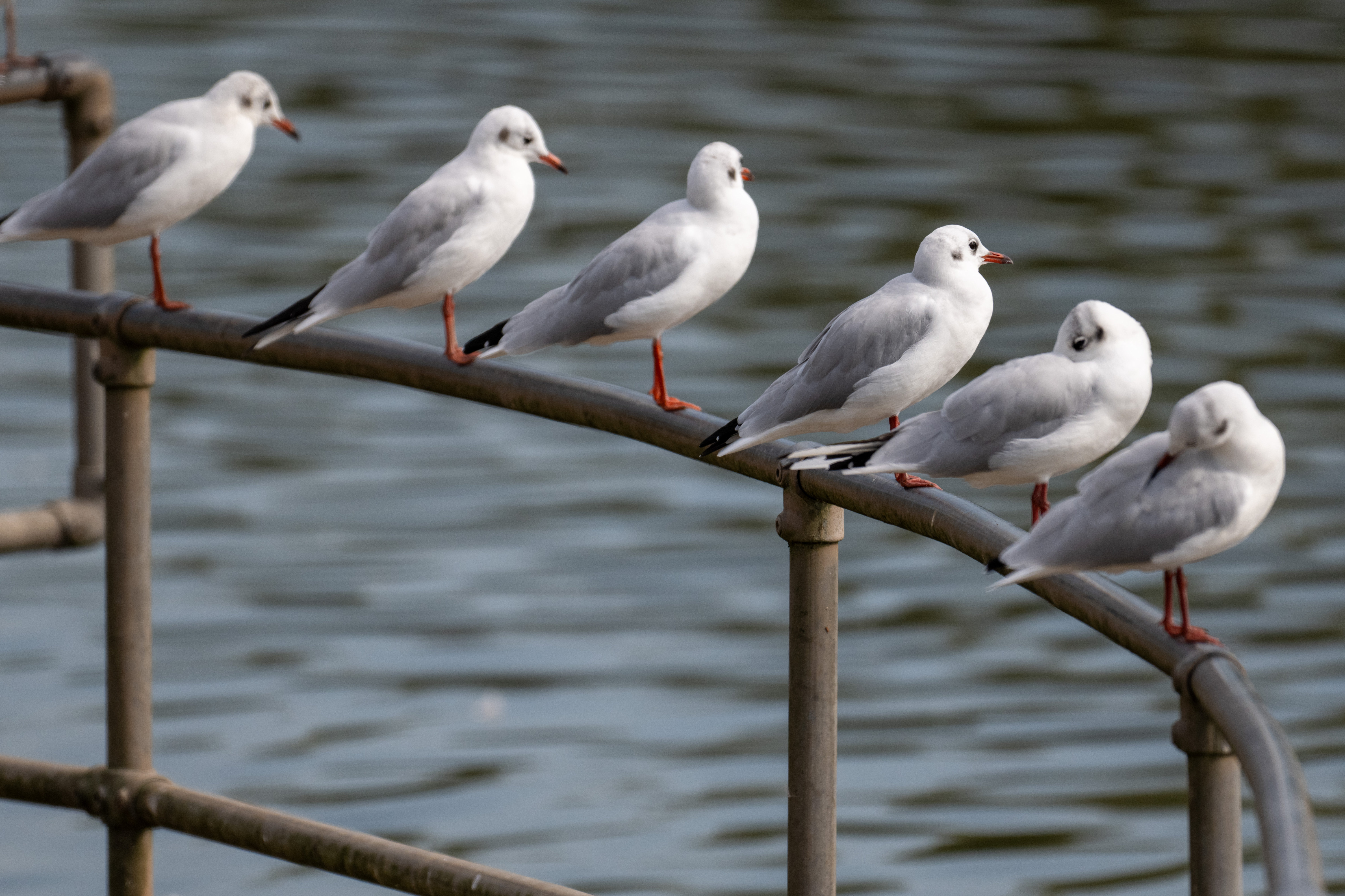
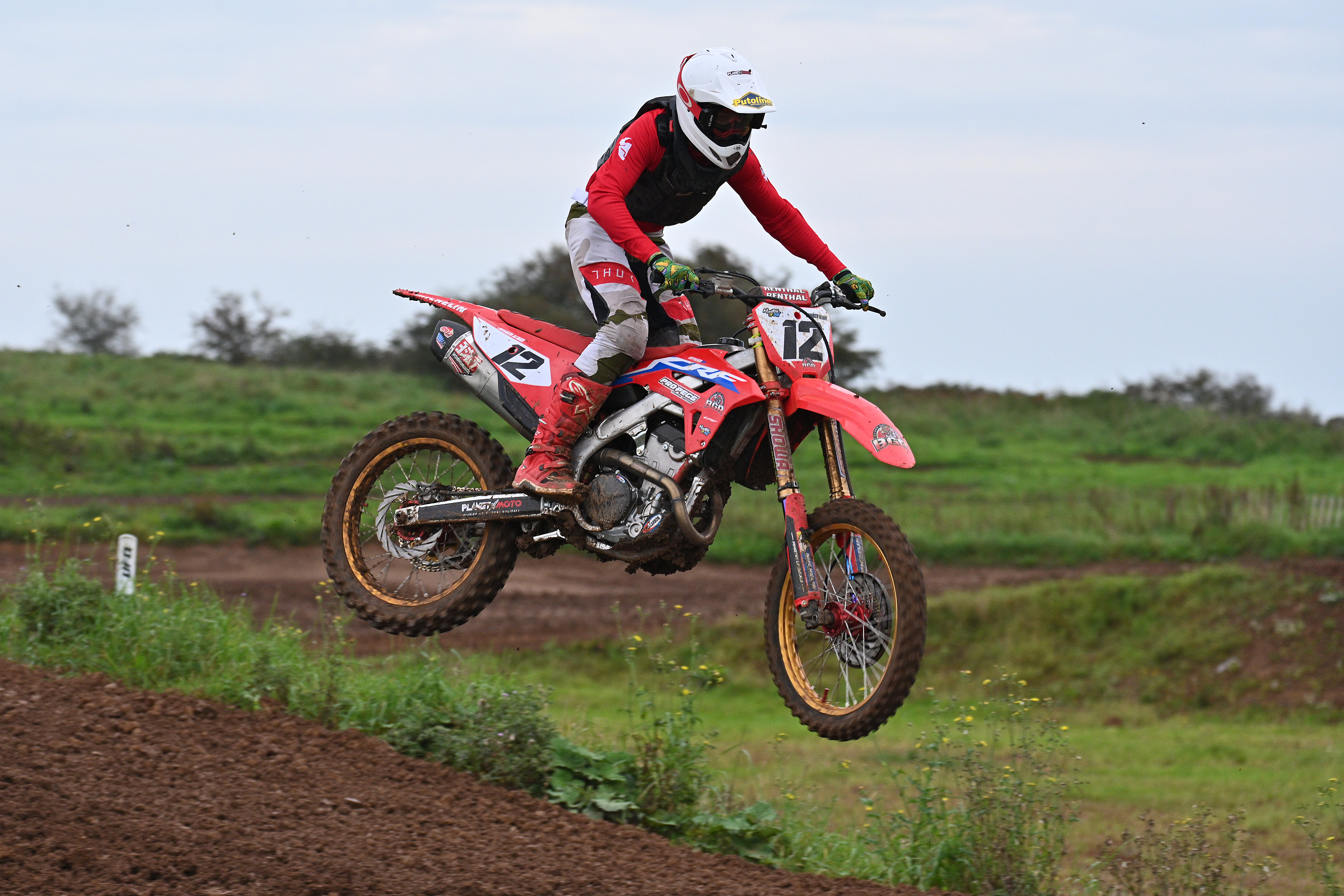

Features ★★★★★ | Compared with Nikon’s F-mount 200-500mm zoom, this one has longer telephoto reach and more effective 5.5-stop optical stabilization. |
Design ★★★★★ | The lens is impeccably built with extensive weather-seals and is noticeably lighter than Nikon’s 200-500mm lens. |
Performance ★★★★★ | Sharpness and clarity are exceptional, even at the longest zoom setting, backed up by super-fast autofocus and highly effective stabilization. |
Value ★★★★☆ | It’s pricier than the F-mount 200-500mm lens but well worth the extra outlay. |
Nikon F
Specifications
Reasons to buy
Reasons to avoid
If you're after an own-brand super-tele zoom for your Nikon DSLR, the Nikon AF-S 200-500mm f/5.6E ED VR is a high-performing lens that is, at least by Nikon's standards, reasonably priced for the focal range on offer. Its image quality is top-notch, delivering clean and sharp images right the way through the zoom range, and both the autofocus and stabilization are consistently effective.
It's a little disappointing that the lens isn't fully weather-sealed, especially as this is designed with wildlife photography in mind, which can take place in all weather. There’s a rubber mount around the gasket, but it’s not overall comprehensive. You’ll probably be okay in light drizzle from the safety of your safari vehicle, but it might be worth investing in a rain cover if you’re anticipating any torrential downpours.
See our full Nikon AF-S 200-500mm f/5.6E ED VR review
Features ★★★★★ | There’s fast autofocus, 4.5-stop dual-mode stabilization and unusually for a super-telephoto zoom, a constant aperture rating. |
Design ★★★★☆ | Handling is excellent and the lens isn’t overly heavy for its type. It’s also very nicely built but not fully weather-sealed. |
Performance ★★★★★ | Performance is excellent in all respects, from autofocus and stabilization to image quality throughout the whole zoom range. |
Value ★★★★☆ | The Nikon is very good value for money as an own-brand lens, competing with third-party contenders. |
Sony E
Specifications
Reasons to buy
Reasons to avoid
Sony’s ‘G Master’ designation is conferred only on its top-end lenses, ones that deliver an exceptionally high standard of optical quality. As such, while the Sony FE 100-400mm f/4.5-5.6 G Master OSS is undoubtedly an expensive lens, it’s also a beautiful piece of kit. One thing it particularly excels at is creating images with attractive bokeh – meaning the quality of the defocused areas of images. This means if you want to create portrait-style images of wildlife with a shallow depth of field, it’s a good choice of lens. Also, if you need more reach, it can be used with Sony’s 1.4x and 2.0x teleconverters (just remember that the extra focal length comes at the cost of reduced maximum aperture).
See our full Sony FE 100-400mm f/4.5-5.6 G Master OSS review

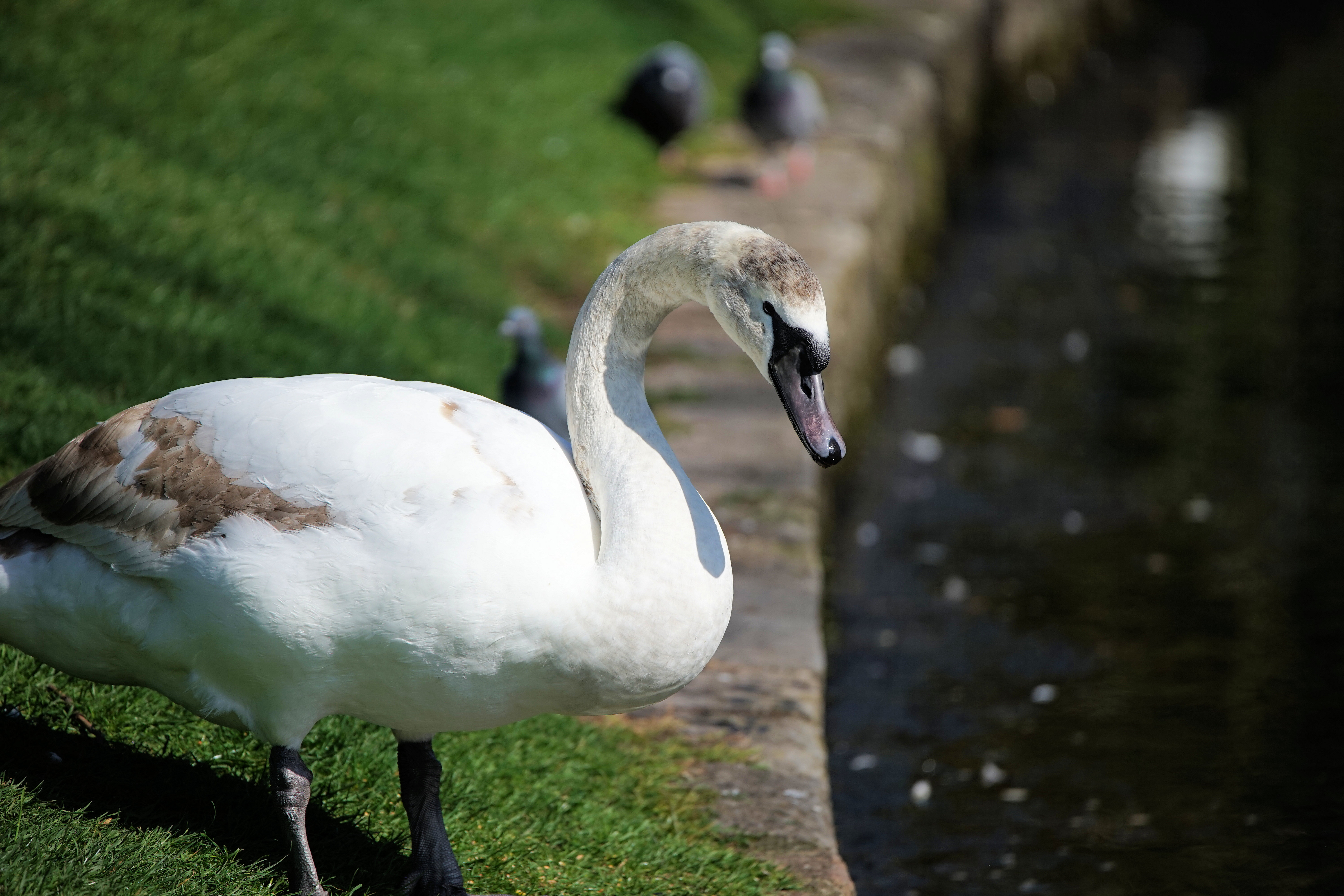


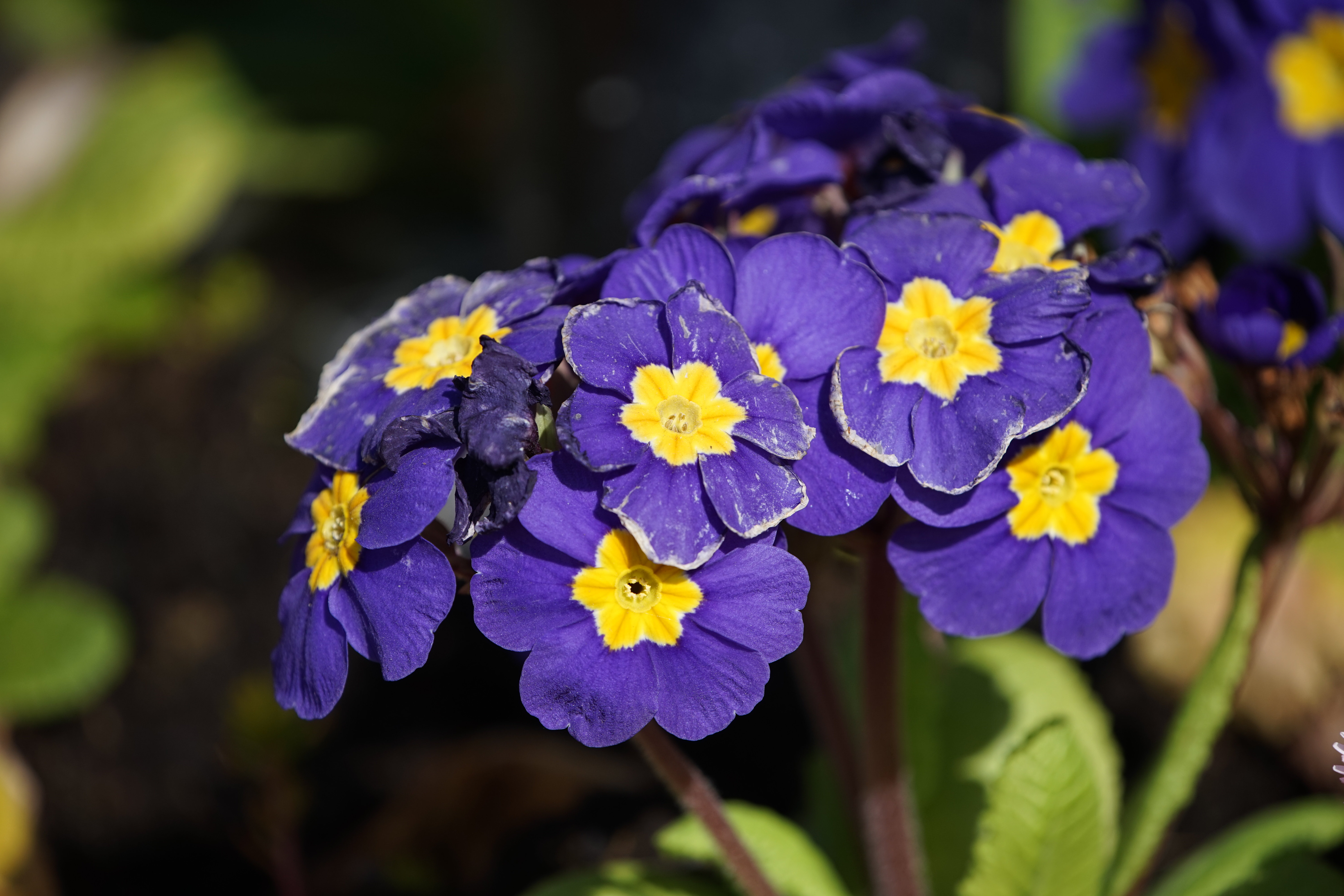
Features ★★★★★ | There’s a high-end feature set that includes dual-mode optical stabilization, an autofocus range limiter and function buttons. |
Design ★★★★★ | The design is pro-grade through and through, complete with a comprehensive set of weather-seals.
|
Performance ★★★★★ | Autofocus speed, sharpness and other areas of image quality and handling are all top-ranking. |
Value ★★★★☆ | You won’t find a cheap Sony G Master lens but this one is pretty reasonable value for money. |
Fujifilm X
Specifications
Reasons to buy
Reasons to avoid
With the release of highly capable cameras like the X-H2S and the X-T5, Fujifilm has signified that it is playing in the big leagues. This weighty lens is a perfect partner for those who want to use Fujifilm’s flagship cameras for challenging pursuits like safari photography. It may be heavy for an APS-C lens, tipping the scales at just under 1.4kg and stretching out to 270mm in length when fully zoomed, but it delivers a focal range equivalent to 150-600mm in full-frame terms. It’s thoroughly weather-sealed as well.
See our full Fujifilm XF100-400mm f/4.5-5.6 R LM OIS WR review
Features ★★★★★ | The super-telephoto zoom range stretches to an ‘effective’ 609mm, backed up by 5-stop optical stabilization and an aperture control ring. |
Design ★★★★☆ | It’s pretty weighty and lacks AF-on/hold function buttons but does include extensive weather-seals. |
Performance ★★★★☆ | Autofocus is fast and stabilization is highly effective but sharpness drops off towards the long end of the zoom range. |
Value ★★★★☆ | It’s pretty good value for money but is nevertheless an expensive lens and certainly not a bargain buy. |
Micro Four Thirds
Specifications
Reasons to buy
Reasons to avoid
Typical of Panasonic’s up-market lenses for Micro Four Thirds cameras, this one is impeccably turned out. The relatively small size of MFT image sensors equate to a 2x focal length multiplier or ‘crop factor’, giving the lens a humungous effective zoom range of 200-800mm. As an MFT lens, it will not only work on Panasonic cameras like the GH5 II, but also on Olympus OM-D and PEN mirrorless cameras (and some Blackmagic video cameras too).
It feels pretty epic in practice, like using a 100-400mm on a full-frame camera with a 2x teleconverter. And while the f/6.3 aperture rating at the long end is a third of a stop down on some competing lenses, it’s no narrower than in the latest Sigma and Tamron 100-400mm zooms.
Switches are on hand for auto/manual focusing, an autofocus range limiter, and stabilization on/off. The built-in Power OIS (Optical Image Stabilizer) can work in conjunction with sensor-shift stabilization, available in Panasonic cameras with a ‘Dual IS’ function.
A handy locking ring between the zoom and focus rings enables variable friction damping and can put a stop to zoom creep. Build quality feels very solid and the lens has a dust- and splash-proof construction.
Typical of MFT lenses, this one has fast and practically silent autofocus, based on a linear motor. Sharpness and contrast are impressive and there’s practically zero distortion at any zoom setting.
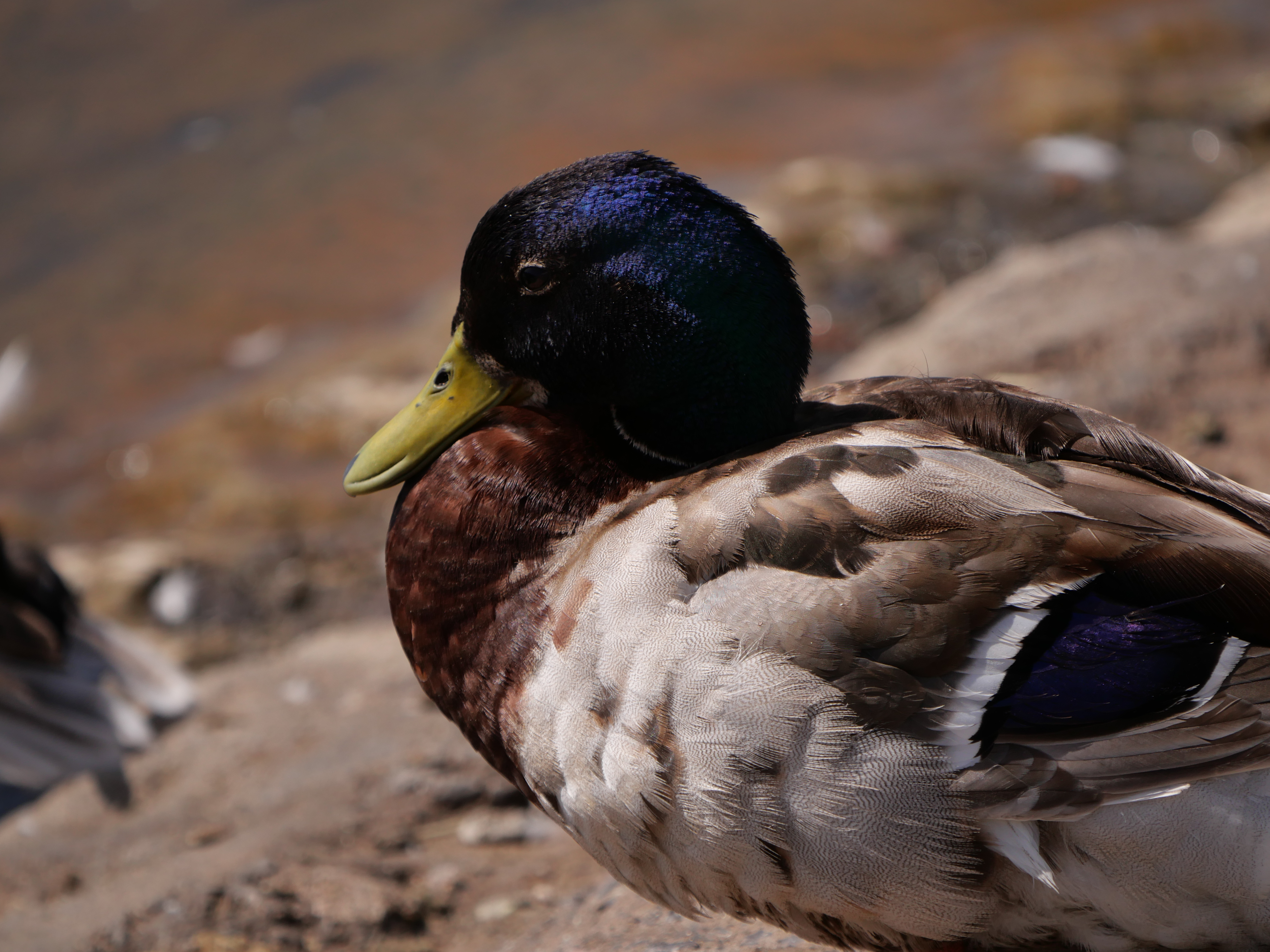

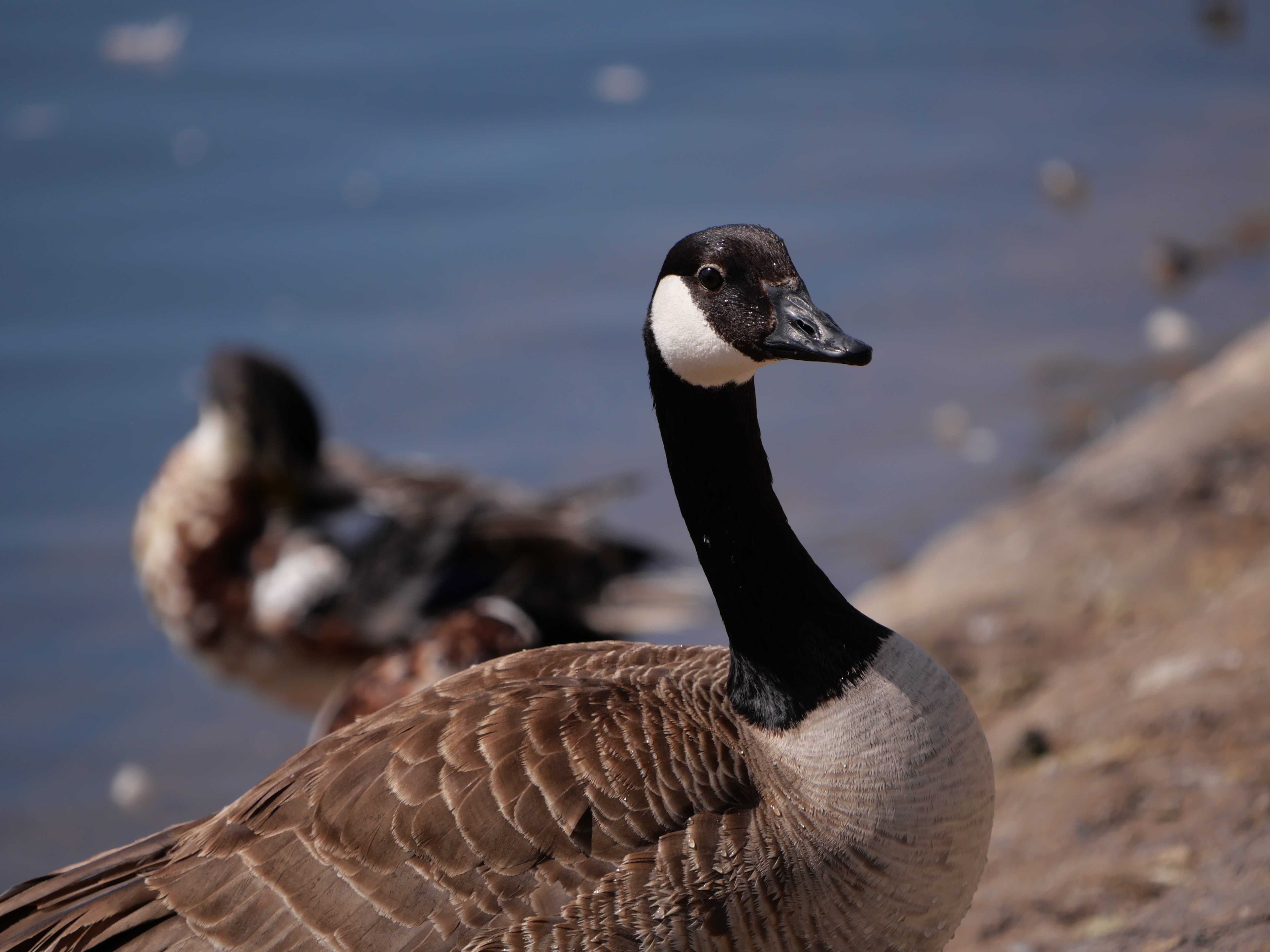
Features ★★★★★ | Wow-factor features include a monster 200-800mm effective zoom range, complete with optical image stabilization. |
Design ★★★★☆ | It’s compact and lightweight, considering the huge effective zoom range, although the inner barrel extends considerably at longer zoom settings. |
Performance ★★★★☆ | Autofocus is fast and it’s good that sharpness is at or near its best at the widest available apertures. |
Value ★★★★☆ | It’s pretty pricey to buy but think what you’d have to pay for a 200-800mm full-frame lens, if you could even find one. |
Lab data and comparisons
The graphs below show the comparative performance of the lenses in this guide, based on our in-house lab tests. There’s a lot of sharpness on show in this group, the Canon RF 100-500mm and Nikon Z 180-600mm ruling the roost. A little pincushion distortion is typical, while color fringing tends to be well controlled.
Scores for sharpness and color fringing are averaged from data taken across the entire image frame, from the center to the edges and corners, throughout the aperture range. For zoom lenses, the scores are also averaged from data measured at all marked focal lengths, and the same applies to distortion. Bear in mind that these average values don't fully reflect specific areas of performance. For example, a zoom lens might have noticeable barrel and pincushion distortion at its shortest and longest focal lengths respectively, which tends to average out when looking at the data overall. For more detailed graphs of each lens's performance, which give the full picture, check out the graphs in our full standalone lens reviews.
How to choose the best lenses for safari
Naturally, safari photography shares a lot of DNA with wildlife photography – however, there are a few factors specific to shooting safari that will impact your lens choice. For one, the guided nature of a safari means you're likely going to be able to get closer to your subjects than you would if you were out on your own relying on bushcraft.
You do need a bit of telephoto reach, and having a zoom is a good idea since you're unlikely to be able to move much from your initial position. For this reason, many safari photographers favor super-telephoto zooms in the region of 100-400mm or 150-600mmm, which gives you plenty of range and flexibility. Animals are most active around dawn and dusk, which is when the safari vehicles head out on game drives, so 'fast' lenses with wide maximum apertures are desirable.
Naturally, the wild animals you encounter won't pose obligingly for you, so a lens that focuses quickly is certainly an asset. Stabilization is also a big help, as you won't be able to set up a tripod – a beanbag resting on the open window of the vehicle is as much as you can hope for. You'll want to keep an eye on weight too, as you may be hand-holding the lens for extended periods. Weatherproofing is also a good idea.
What equipment do you need for safari photography?
As well as your camera and super-telephoto zoom, there are a number of valuable photographic accessories worth taking along for safari photography. If you have an additional camera body, attaching a shorter telephoto zoom to it, such as a 70-200mm, is great for when you get closer to animals. While setting up a tripod isn't practical, you may be able to use a monopod on occasion, although resting your camera on a beanbag is a more common way to stabilize shots.
Do remember to bring plenty of spare batteries and memory cards, as you won't be able to stock up once you're out there, and a cleaning kit is vital as game drives kick up a lot of dust. Otherwise, you shouldn't need to carry too much – flashguns are a no-no.
Are bridge cameras good for safari photography?
If you're looking for a more affordable alternative to an interchangeable camera/lens system, then a bridge camera could be the way to go. These are essential SLR-styled compact cameras with big zoom lenses, and they are quite popular among safari enthusiasts. However, while they are cheaper and more portable than mirrorless or DSLR cameras, their smaller sensors do have an impact on image quality, particularly in terms of dynamic range. Check out our guide to the best bridge cameras to learn more.
How we test lenses
The lens experts in our testing lab run a range of tests under controlled conditions, using the Imatest Master testing suite. Photos of test charts are taken across the range of apertures and zooms (where available), then analyzed for sharpness, distortion and chromatic aberrations.
We use Imatest SFR (spatial frequency response) charts and analysis software to plot lens resolution at the centre of the image frame, corners and mid-point distances, across the range of aperture settings and, with zoom lenses, at four different focal lengths.
There's more to it than just the technical side, though! Beyond the lab, our reviewers test lenses in real-world environments – and sometimes on professional shoots! We work with lenses both indoors and outdoors, in studio conditions and in natural light, with as many different subjects as is possible (or appropriate – there's no point testing a landscape lens' ability to shoot a portrait!).
We take into account everything from handling and ease of use to speed of autofocus and the overall quality of the images produced.
Find out more about how we test and review on Digital Camera World
Today's best deals
The best camera deals, reviews, product advice, and unmissable photography news, direct to your inbox!

Prior to joining digitalcameraworld.com as Guides Editor, Adam was the editor of N-Photo: The Nikon Magazine for seven years, and as such is one of Digital Camera World's leading experts when it comes to all things Nikon-related.
Whether it’s reviews and hands-on tests of the latest Nikon cameras and lenses, sharing his skills using filters, tripods, lighting, L brackets and other photography equipment, or trading tips and techniques on shooting landscapes, wildlife and almost any genre of photography, Adam is always on hand to provide his insights.
Prior to his tenure on N-Photo, Adam was also a veteran of publications such as PhotoPlus: The Canon Magazine, so his wealth of photographic knowledge isn’t solely limited to the Big N.
